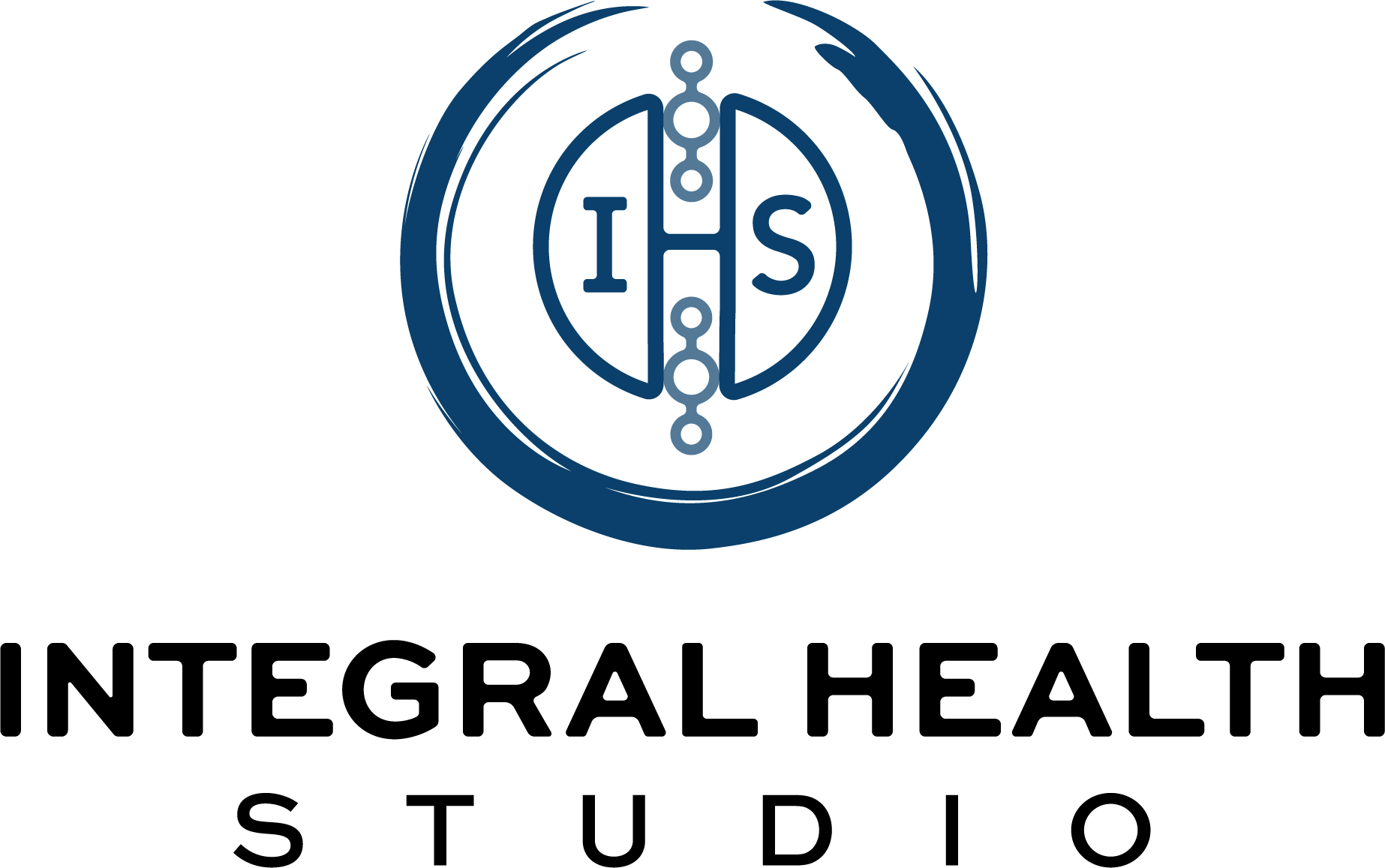Discover How You Can Change Your Brain
What is Neurofeedback?
Nuerofeeddback offers a distinctive and medication-free method for addressing imbalances in brainwaves that may be linked to the symptoms of various neurologically based conditions.
A well-functioning, regulated brain can smoothly transition between arousal states in response to arising demands.
SLOW PROCESSING
The brain produces consistently higher magnitudes of delta and theta waves when it is in a slow processing state such as when it is relaxed or in deep sleep. Delta represents the slowest processing speed – Delta frequency is 1-4Hz. Theta also represents a slow wave form but it is not as slow as delta – Theta frequency is 4-7Hz Delta waves are produced consistently during deep dreamless sleep Theta waves are produced consistently during deep relaxation or a twilight state. Theta is also associated with memory recall and creativity
IDLE PROCESSING
The brain produces consistently higher magnitudes of alph a when the brain is in an idle state. This is why Alpha is sometimes referred to as the idle brain wave Alpha represents a slightly faster processing speed (8-12Hz) and is associated with quiet wakefulness or a state of meditation When the brain is healthy and well regulated, it produces more alpha waves on the right than on the left – This is referred to as the Normal Asymmetry of Alpha
FAST PROCESSING
The brain produces consistently higher magnitudes of Beta when the brain is externally focused, alert, involved in critical reasoning, thought and concentration Beta represents the fastest processing speed (12-30Hz) When the brain is healthy and well regulated, it produces more beta waves on the left than on the right – This is referred to as the Normal Asymmetry of Beta
Schedule Your Free Consultation Today
Published scientific research demonstrates neurofeedback’s efficacy in managing many neurological conditions such as:
When you have information on what your brainwaves are doing, your brain can use that information to change how it works.
Studies have shown brain wave dysregulation to be associated with the following symptoms:
DELTA/DYSREGULATION
Impulsivity
Hyperactivity
Focus and Attention Issues
ADHD
Socially Inappropriate
Easily distracted
Excessive Speech
Disorganized
Hyper-emotional
Traumatic Brain Injury
Dementia
Learning Disorders
Autism / Asperger’s
ALPHA DYSREGULATION
Victim Mentality
Excessive Self Concern
Passive Aggressive
Irritability
Avoidance Behavior
Rumination
Anger
Self-Deprecation
Agitation
Fibromyalgia
Withdrawal Behavior
BETA DYSREGULATION
OCD
Migraine
Tension Headaches
Insomnia
Obsessive Thinking
Excessive Rationalization
Poor Emotional self Awareness
Panic Attacks
Worry
Chronic Pain
Hyper-vigilant
Dislike Change
Restless
Scientific research has shown that, under specific circumstances, there exists an established normal pattern of brainwave activity.
A well-maintained, balanced, and properly regulated nervous system will generate the appropriate brain waves at the right levels and timings for various situations. However, when the nervous system undergoes tension and imbalance due to factors like subluxation, inadequate nutrition, stress, food sensitivities, drugs, or trauma, it can lead to dysregulated brainwave patterns, resulting in a range of neurological symptoms and conditions.
For instance, elevated magnitudes of delta or theta waves may contribute to attention and focus issues, resembling symptoms associated with ADHD, cognitive decline, learning disorders, or issues related to concussions and stroke. Higher-than-normal magnitudes of alpha waves may be linked to symptoms associated with fibromyalgia, such as pain, irritability, or depression. Increased magnitudes of beta waves may lead to symptoms associated with generalized anxiety, panic attacks, migraine/tension headaches, chronic pain, or insomnia. These examples illustrate the various forms of brainwave dysregulation that can be addressed through Neurofeedback Therapy.
The Neurofeedback Evaluation Procedure
Every neurofeedback process commences with a thorough assessment before the initiation of training sessions. Upon acceptance for care, the patient receives an email containing a link to the BrainCore site along with a username and password. The site guides the patient through the completion of online intake forms.
Following this, the patient schedules an in-office visit for the quantitative electroencephalogram (qEEG), a computer-based tool utilized by neurologists and psychologists for over 40 years. The qEEG objectively and scientifically evaluates an individual’s brainwave patterns. The initial diagnostic procedure involves placing a snug cap on the client’s head, containing 12 small sensors designed to measure and record electrical activity (brainwaves) emanating from the brain. It’s crucial to note that these sensors do not introduce any electrical current into the brain; they merely record signals originating from the brain.

Neurofeedback Training Sessions
Individuals are connected to a computer using wires and sensors, thereby allowing the BrainCore technology to record the brainwave activity
These sensors are non-invasive, attached at two specific points on the patient’s head using a water-soluble paste. Recording brainwaves in Hz form, they transmit information about these brainwaves to the doctor’s monitor.
The software automatically identifies when the brainwaves are in proper order and provides feedback to the patient. This feedback takes the form of a game, a movie, or a sound, signaling to the patient that their brainwaves are becoming more ordered. For instance, using the puzzle tool, the patient observes a puzzle on the computer screen being filled in piece by piece. As long as the patient’s brainwaves move in an orderly direction, the puzzle pieces fill in, accompanied by a tone. If the brainwave patterns deviate from an orderly configuration, the puzzle remains incomplete, and no tone is produced.
The patient actively controls the puzzle’s completion with their own brainwaves, facilitating the brain’s self-regulation. In another scenario, the patient engages in training while watching a movie controlled by their ability to regulate brainwaves. The movie brightens as the brainwaves normalize and darkens when they become dysregulated. The brain’s natural inclination to watch the movie clearly drives the neurological circuits that normalize brainwaves, allowing the picture to be viewed with the correct brightness and volume. The more these circuits are utilized, the more neuroplastic changes occur. Simply put, practicing something enhances proficiency. The patient learns to use these circuits during the challenges of everyday life.
Published Research
Over the past four decades, neurofeedback has undergone extensive study in research labs at prestigious universities worldwide. Dr. Frank Duffy, a professor and pediatric neurologist at Harvard Medical School, remarked, “Neurofeedback should play a major therapeutic role in many difficult areas. In my opinion, if any medication had demonstrated such a wide spectrum of efficacy, it would have been universally accepted and widely used.” The American Association of Pediatrics has designated Neurofeedback as a Level One Best Support for ADHD. Notably, it is a widely employed method by Olympic and professional athletes to enhance sports performance. Additionally, the US military has utilized neurofeedback as a significant tool in the treatment of PTSD and traumatic brain injuries.
